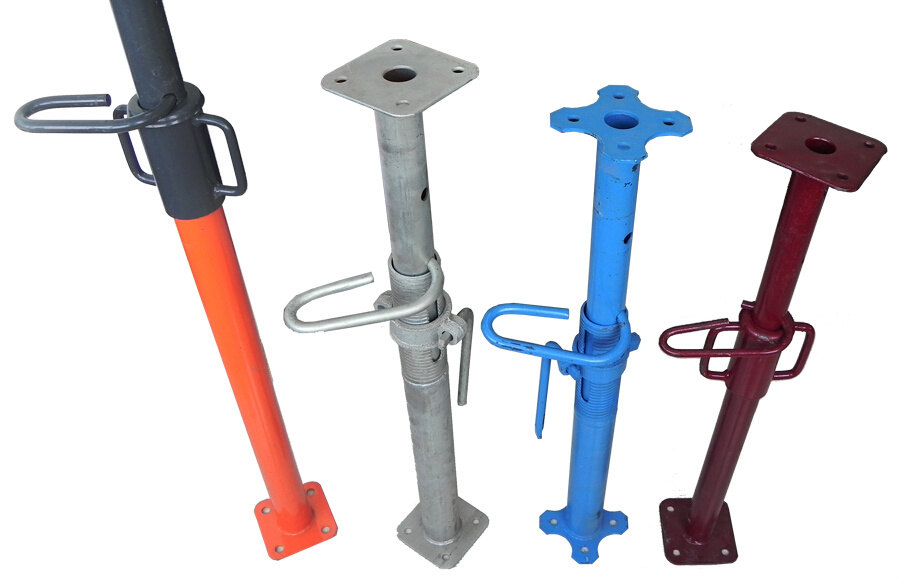Aug . 15, 2024 05:28 Back to list
Innovative Techniques and Materials in China's Building Formwork Industry for Enhanced Construction Efficiency
The Role of Formwork in Modern Chinese Construction
Formwork is a crucial component in the construction industry, particularly in China, where rapid urbanization and infrastructure development have taken center stage. As cities continue to expand and skyscrapers rise, the innovation and efficiency of construction methods, especially the use of formwork, play a pivotal role in shaping the built environment. This article explores the significance of formwork in modern Chinese construction, its types, and its impact on project efficiency and quality.
Formwork refers to the temporary or permanent molds used to hold poured concrete in place until it hardens. It serves as a framework that gives structure to the concrete elements, such as beams, columns, and walls. In China, as construction projects become more complex and ambitious, the demand for efficient and reliable formwork solutions has surged. This necessity has led to developments in both traditional and advanced formwork systems.
The Role of Formwork in Modern Chinese Construction
One of the innovative approaches to formwork in China is the implementation of modular and prefabricated systems. These systems allow for quicker assembly on-site, leading to reduced construction time. Modular formwork can be customized to fit specific design requirements, making it a versatile solution for a variety of projects, from residential buildings to massive infrastructure undertakings like bridges and tunnels. The use of prefabricated elements also aligns with China's goals for sustainable development, as it minimizes the environmental impact by reducing material waste.
china building formwork

Moreover, the advancement of technology has revolutionized formwork practices in China. The integration of Building Information Modeling (BIM) allows for precise planning and simulation of the construction process. Architects and engineers can design complex structures with accuracy, ensuring that formwork is utilized efficiently. This technological integration has enhanced collaboration among various stakeholders, from designers to contractors, facilitating smoother project execution.
In addition to efficiency and sustainability, formwork contributes to the safety of construction sites. Properly designed and constructed formwork systems ensure that concrete elements are supported adequately during the curing process, reducing the risk of accidents and structural failures. In a country like China, where rapid construction often poses safety challenges, innovative formwork solutions provide a layer of security for workers and the public.
As urbanization continues to accelerate in China, the construction industry faces the dual challenge of meeting the increasing demand for housing and infrastructure while adhering to stringent environmental regulations. Formwork, with its evolving technologies and systems, plays a vital role in addressing these challenges. It enables faster project completion with high-quality outcomes, supporting China's ambitions to create modern, sustainable cities.
In conclusion, formwork is a fundamental aspect of modern Chinese construction that significantly impacts project efficiency, quality, and safety. As the industry embraces innovation and advances in technology, the future of formwork in China looks promising. By continually improving and adapting formwork strategies, the construction sector can meet the demands of a rapidly changing urban landscape while maintaining focus on sustainability and safety. As Chinese cities evolve, so too will the methodologies that shape them, with formwork at the forefront of this transformation.
-
OEM Column Formwork: Circular, Curved & Inclined Solutions
NewsAug.26,2025
-
Premium Scaffolding Jacks: Stable, Adjustable & Durable
NewsAug.25,2025
-
OEM Wall Formwork & Shuttering: Flexible & Curved Solutions
NewsAug.24,2025
-
Adjustable Heavy Duty Props for Slab Formwork | Strong & Reliable Support
NewsAug.23,2025
-
Adjustable Heavy Duty Props for Slab Formwork - Strong & Safe Support
NewsAug.22,2025
-
Formwork Spring Clamp Factories: Quality & Bulk Supply
NewsAug.21,2025